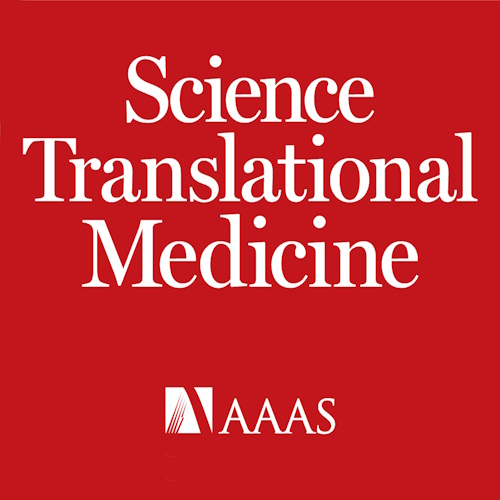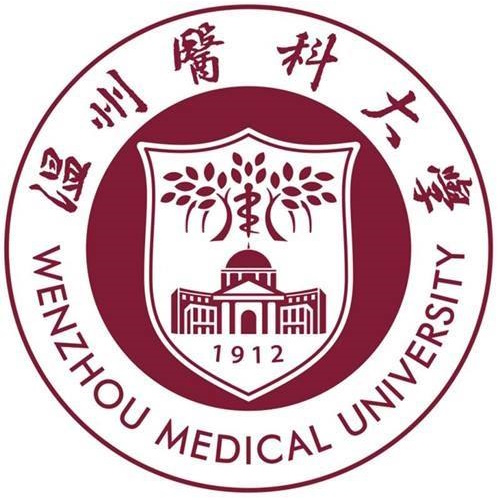Key points from article :
A groundbreaking study led by Jianzhong Su at Wenzhou Medical University and published in Science Translational Medicine has identified a previously unknown type of stem cell in the human retina. These human neural retinal stem-like cells (hNRSCs) were discovered in fetal retinal tissue and may offer a powerful new tool in the fight against inherited retinal diseases such as retinitis pigmentosa and macular degeneration—conditions that currently have no cure and can lead to irreversible blindness.
Using advanced single-cell and spatial transcriptomic techniques, the researchers found that hNRSCs have the ability to self-renew and develop into various retinal cell types. Interestingly, a similar population of cells was also found in human retinal organoids—3D lab-grown structures that mimic the human retina. This is significant because the use of fetal tissue for research remains controversial in many countries, and organoids could provide a more ethically acceptable alternative source of hNRSCs.
To test the therapeutic potential of these cells, the team transplanted organoid-derived hNRSCs into a mouse model of retinitis pigmentosa. The stem cells integrated into the damaged retinas, formed connections with existing cells, and led to modest improvements in the animals’ vision over four months. While more research is needed to understand exactly how these cells support retinal repair—and whether they work in later stages of disease—the findings offer fresh hope for developing regenerative treatments for vision loss.







